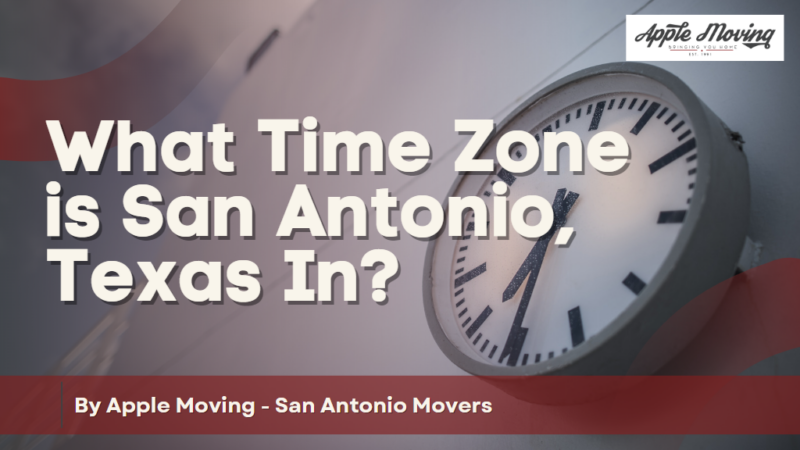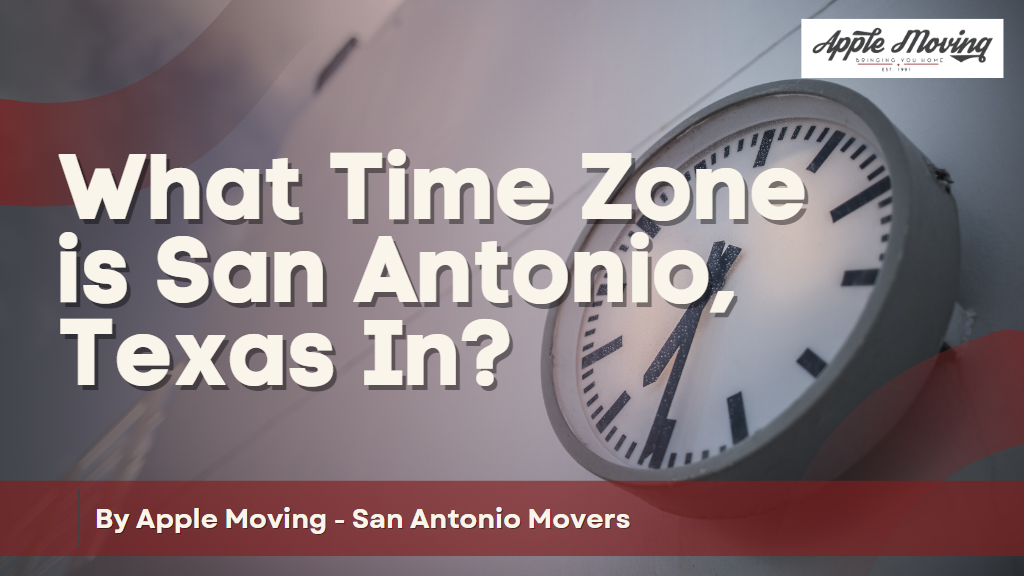What Time Zone is San Antonio, Texas, in?
The American city of San Antonio, Texas, is in the Central Time Zone (CT). One of the six standard time zones in the nation, the Central Time Zone is six hours behind Coordinated Universal Time (UTC-6).
The states of Texas, Oklahoma, Kansas, Nebraska, Iowa, Missouri, Arkansas, Louisiana, Illinois, Wisconsin, Minnesota, Mississippi, Alabama, and portions of South Dakota, North Dakota, Indiana, Kentucky, Tennessee, and Florida are all included in the Central Time Zone.
San Antonio and the rest of the Central Time Zone set their clocks one hour ahead of standard time when Daylight Saving Time (DST) is observed. This indicates that the time zone is seven hours behind Coordinated Universal Time during Daylight Savings Time (UTC-5). When making travel or meeting plans with people in various time zones, it’s critical to consider the time zone difference. Due to its location in the Central Time Zone, San Antonio, Texas, is in the same time zone as important cities like Chicago, Dallas, and Mexico City.
Changes In Daylight Saving Time (DST) And Its Impact on San Antonio’s Time Zone
Daylight Saving Time (DST) is a practice observed in many countries worldwide where clocks are adjusted forward by an hour during the summer months to provide an extra hour of daylight in the evenings. The practice of DST has been in use in the United States since World War I and has undergone several changes over the years.
In 2007, the Energy Policy Act was passed, which extended the duration of DST in the United States by four weeks, starting from the second Sunday of March and ending on the first Sunday of November. This change has significantly impacted San Antonio’s time zone, which falls under the Central Time Zone. As a result of the change in DST, San Antonio experiences more extended periods of daylight during the summer months, with the sun setting later in the evening. This has resulted in changes to the daily routines of the residents of San Antonio, including changes in work hours, recreational activities, and other daily schedules.
While the impact of DST on San Antonio’s time zone may seem minor, it can significantly affect its residents’ daily lives. Individuals must be aware of these changes and adjust their schedules to maximize the extra daylight hours during the summer months.
The Importance of Time Zone Awareness for Travel
San Antonio, Texas, is a popular travel destination with its rich history, delicious food, and lively entertainment. Time zone awareness is essential for travelers, especially those visiting San Antonio. Here is the importance of time zone awareness:
- Preventing Missed Flights and Appointments
One of the most important reasons to be aware of time zones is to prevent missed flights and appointments. If you’re traveling from the East Coast, you’ll need to remember that San Antonio is one hour behind your home time zone. Conversely, if you’re traveling from the West Coast, you’ll need to remember that San Antonio is two hours ahead of your home time zone. Failing to account for time zone differences can result in missed flights, hotel reservations, and other essential appointments.
- Avoiding Jet Lag
Jet lag is typical for travelers who cross time zones. It can lead to fatigue, headaches, and other unpleasant symptoms that can damage your trip. Being aware of time zones and adjusting your sleep schedule and routines can help minimize the effects of jet lag. If traveling from the East Coast to San Antonio, adjust your sleep schedule a few days before your trip to adapt to the time difference.
- Planning Activities and Sightseeing
Being aware of time zones can also be helpful when planning activities and sightseeing. For example, if you’re interested in visiting a museum or attraction with specific operating hours, knowing the local time zone is essential to avoid arriving when it’s closed. Furthermore, some events or festivals may have different start times or schedules based on the local time zone.
- Staying Connected with Home
Knowing the time difference can help you coordinate phone calls or video chats with loved ones without disrupting their schedules. It can also help you stay updated with news and events from home without having to do mental calculations to figure out what time it is.
Tips for Travelers Dealing with Time Zone Changes in San Antonio, Texas
Traveling to do things in San Antonio, Texas, can be an exciting experience, but it can also be challenging for travelers dealing with time zone changes. Time zone changes can result in jet lag, fatigue, and confusion, negatively impacting your trip. However, with a few simple tips, you can make the transition to the new time zone more manageable.
- Adjust Your Sleep Schedule
One of the best ways to deal with time zone changes is to adjust your sleep schedule before you travel. For example, if you’re traveling from the East Coast, you’ll need to remember that San Antonio is one hour behind your home time zone. To help your body adjust to the new time zone, start adjusting your sleep schedule a few days before your trip. Gradually shift your bedtime and wake-up time by 15 to 30 minutes daily until you reach the new time zone. This can help minimize the effects of jet lag and help you feel more alert and energized during your trip.
- Stay Hydrated
Traveling can be dehydrating, especially if you’re flying. Dehydration can worsen jet lag symptoms, so staying hydrated during your trip is essential. Drink plenty of water and avoid caffeine and alcohol, which can further dehydrate you.
- Get Some Sunlight
Sunlight exposure can help regulate your body’s internal clock and make adjusting to a new time zone easier. When you arrive in San Antonio, spend some time outdoors in natural light. This can help reset your circadian rhythm, making adjusting to the new time zone easier.
- Take Naps
Taking short naps can help alleviate fatigue and make adjusting to the new time zone easier. However, be careful not to nap for too long or too late in the day, as this can interfere with your ability to sleep at night.



